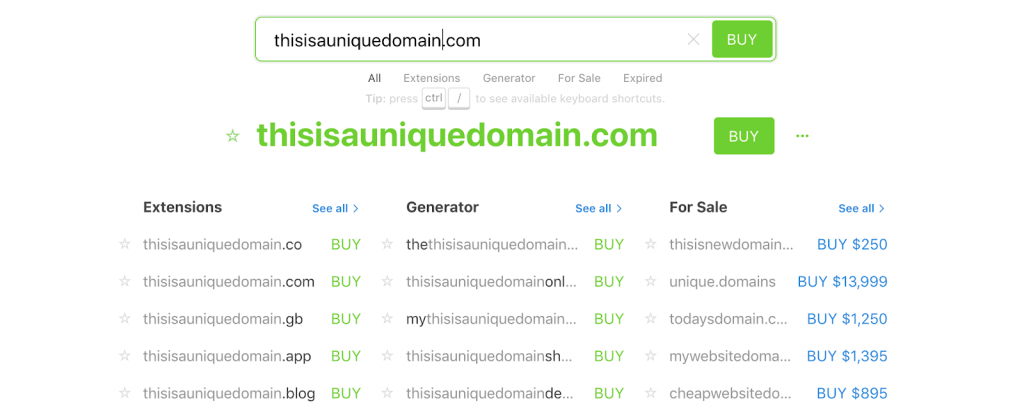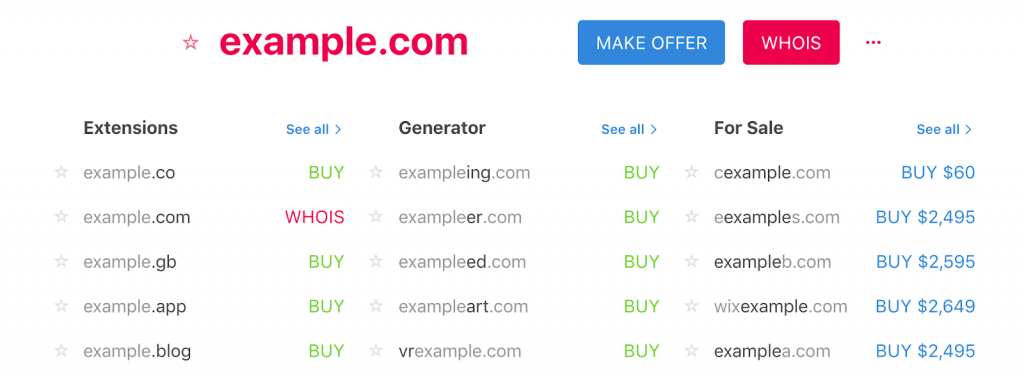How to Start a Website for Your Small Business
These days it’s almost mandatory for any business, regardless of size, to have a presence online. If yours doesn’t have a website yet, you’re most likely missing out on the opportunity to attract fresh customers and increase your visibility.

Fortunately, starting up a website is easier now than it’s ever been. Even if you have little-to-no experience, it’s possible to get a good-looking and functional site up and running quickly and cheaply.
A better way to manage your finances
With Hiveage you can send elegant invoices to your customers, accept online payments, and manage your team — all in one place.
In this article, we’ll walk you through the basic steps involved in setting up a business website, including purchasing web hosting and creating content. Let’s get to work!
Why Your Small Business Needs a Website
If you’re running a small business, particularly one with a local focus, you may think having a website is overkill. However, there are plenty of benefits to creating even a simple business website.
Arguably the most important reason for having a website is that it’s more or less expected. Businesses of all sizes have websites, and chances are that most (if not all) of your competitors do too. In fact, not having a site could make you seem unprofessional, or even call your credibility into question.
Having a website also lets you provide relevant information about your business and services. This ensures customers have the correct information, without relying on a third party. You could also see an increase to your brand visibility, especially if your business crops up following a search.
Finally, if you sell goods or services, you can use your website as a storefront. There are plenty of ways you can create an e-commerce website that lets you handle orders and process payments.
How to Start a Website for Your Small Business (In 4 Steps)
You may think setting up a website would require too much time and money. However, it’s actually much easier (and cheaper) than you might expect, even if you have no prior experience. To help you get started, we’re going to show you the basic steps for starting a website!
1. Choose Which Platform to Use
First, you’ll need to decide on a suitable site building platform. There are several options at your disposal, and your choice depends largely on your needs and experience. We’ve actually covered how to choose a website platform previously, but let’s summarize.
Our recommendation is to use a Content Management System (CMS). This enables you to create websites by uploading content and practically extending the functionality however you wish. The most popular option available is WordPress, which is also particularly user-friendly for beginners.
If you want an even more simple approach, you can use a site builder platform such as Wix or Squarespace. These are specifically tailored for users with little-to-no experience with creating sites. For instance, they both let you use pre-configured templates to build your site, and require no coding whatsoever.
Bear in mind that the type of site you’re creating plays the biggest part. WordPress offers almost unlimited scalability and flexibility by letting you extend the platform through ‘plugins’, ‘themes’, and via coding. You also get complete flexibility when it comes to the ‘grunt’ under your site’s hood.
2. Purchase a Hosting Plan
Your next consideration is where your site will be hosted. For some platforms (such as Wix), this step is redundant as your site will simply be hosted by the platform itself. However, for a CMS, you’ll probably need to purchase a hosting plan.
The main thing you need to consider is which type of hosting to choose. There are three main options:
- Shared: The cheapest option, which requires your site to share server resources with other sites.
- VPS: A medium-cost option, which is faster and more secure than shared.
- Dedicated: This premium option enables you to get a whole server dedicated only to your site, enabling you to configure it to your requirements.
As before, your choice here will depend mostly on your type of site. A basic site with only static content probably doesn’t need more than shared hosting, while a high-traffic e-commerce site would certainly benefit from the performance and security that dedicated hosting can offer, and may even be necessary.
3. Create a Domain Name
Next, you’ll need to pick a domain name for your site. This is the address people will use to access your site, but it’s also an important factor in your branding. As such, it should be memorable and clearly tie into your business’ name and overall brand.
Most web hosts also sell domains, and will usually provide a domain checker, but there are also several independent options. You can use this to search for available domains, so a good place to start is by searching for your actual business name:

If this isn’t available, you will be shown a series of alternative, related options:

Once you find one (or more) domain names you like, you can purchase and point it to your site.
4. Build Your Site
Finally, it’s time to put your actual site together. Naturally, this process will vary massively depending on the type of site, its scope, and what features you require. However, to help you along, let’s look at some of the things any business site definitely should contain:
- Information about your products. You need to sell your products and services, making it clear why the user should consider purchasing them.
- Contact details. You should provide multiple methods for users to contact you, such as via email, phone, contact form, and social media.
- A strong Call To Action (CTA). Give the users a clear goal and encourage them to take a specific action, like signing up for a newsletter.
This is obviously not an exhaustive list, and you’ll also need to consider things like Search Engine Optimization (SEO) and creating content. However, this is a good starting point for your site, which you can grow over time as more customers come your way!
Conclusion
It’s practically mandatory to create a website for your small business. It’s also crucial in order to raise your business’ visibility and promoting your offerings. The good news is that you don’t even need to be a developer or designer to do so.
In this article, we’ve covered the basic steps of setting up a site for your small business. These include:
- Choose which platform to use.
- Purchase a hosting plan.
- Create a domain name.
- Build your site.
Do you have any questions about getting a business website off the ground? Let us know in the comments section below!
Join thousands of business-savvy entrepreneurs on our mailing list.
Curated emails that’ll help you manage your finances better.




